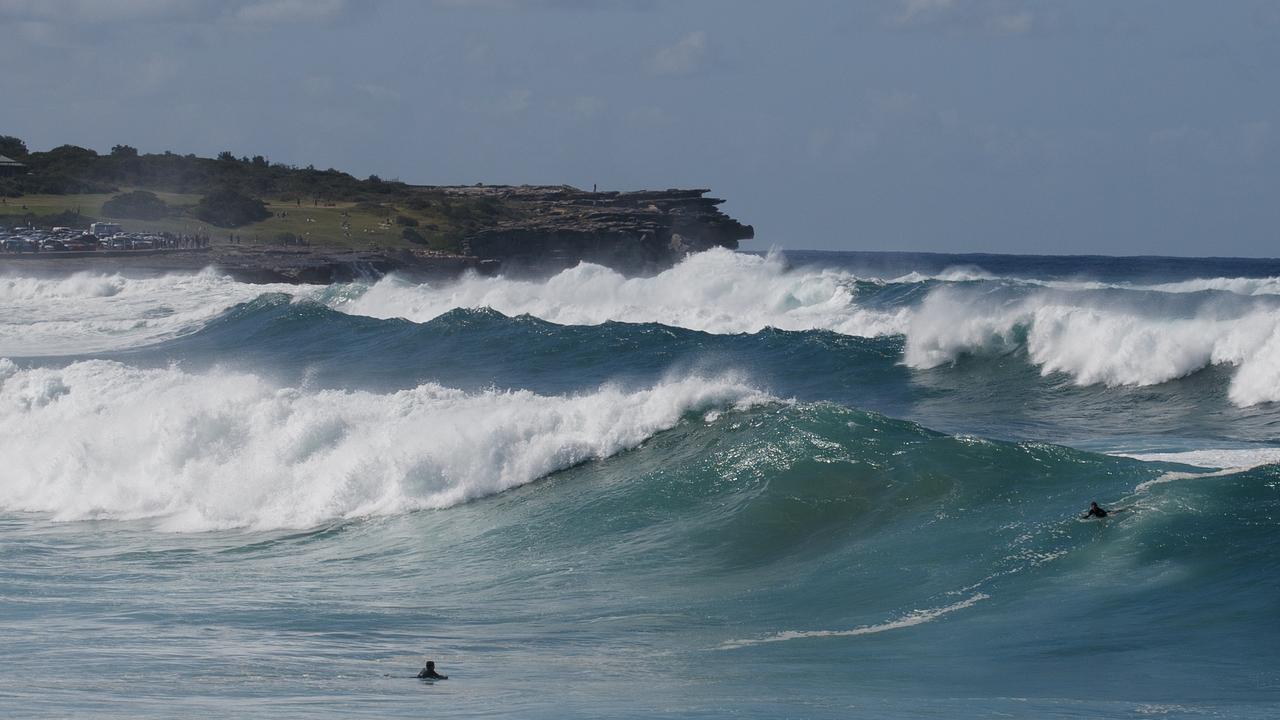The nation's mightiest drop
AFTER 86 years, is the world's longest-running laboratory experiment about to give up its secret? The Weekend Australian Magazine finds out.
PROFESSOR John Mainstone, retired head of the University of Queensland physics school, leans towards a glass display cabinet outside a lecture theatre.
Inside it, on a shelf, sits a glass dome encasing a funnel of hard black tar pitch, a substance so dense and brittle that it would shatter under a swift hammer blow.
Yet this pitch - a solid to the naked eye - has been moving heartbreakingly slowly through the funnel over the course of 86 years, producing only eight monumental drops that have fallen at increasing intervals: seven years, eight years, nine years, 12 years.
The last drop fell on November 28, 2000. And the kicker - the scientific anomaly the Pitch Drop Experiment's creator, the late UQ physics head Thomas Parnell, never could have predicted - is that nobody has ever seen a drop fall.
Mainstone's eyes fix on a globule of pitch with a stem stretching 4cm from the bottom of the funnel, at once falling and solid. This is the ninth drop. It hangs like a tonsil, like a fig, like a bell refusing to toll. Suspended in time. Pregnant. Perfectly pendent.
Mainstone inspects this drop five times a day. He is the custodian. He has dedicated 52 of his 78 years on Earth to waiting for a single, majestic splashdown an event he estimates will unfold in the space of one-tenth of a second.
Read Trent Dalton's full story about the Pitch Drop Experiment in The Weekend Australian Magazine - but meanwhile watch his video report on the Pitch Drop Experiment, above.




